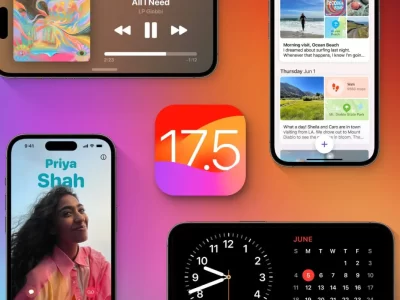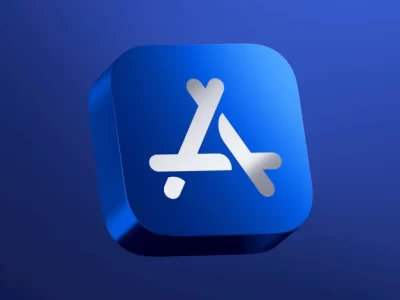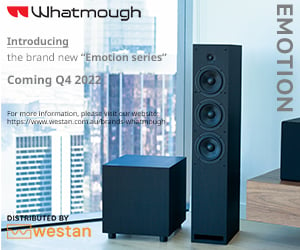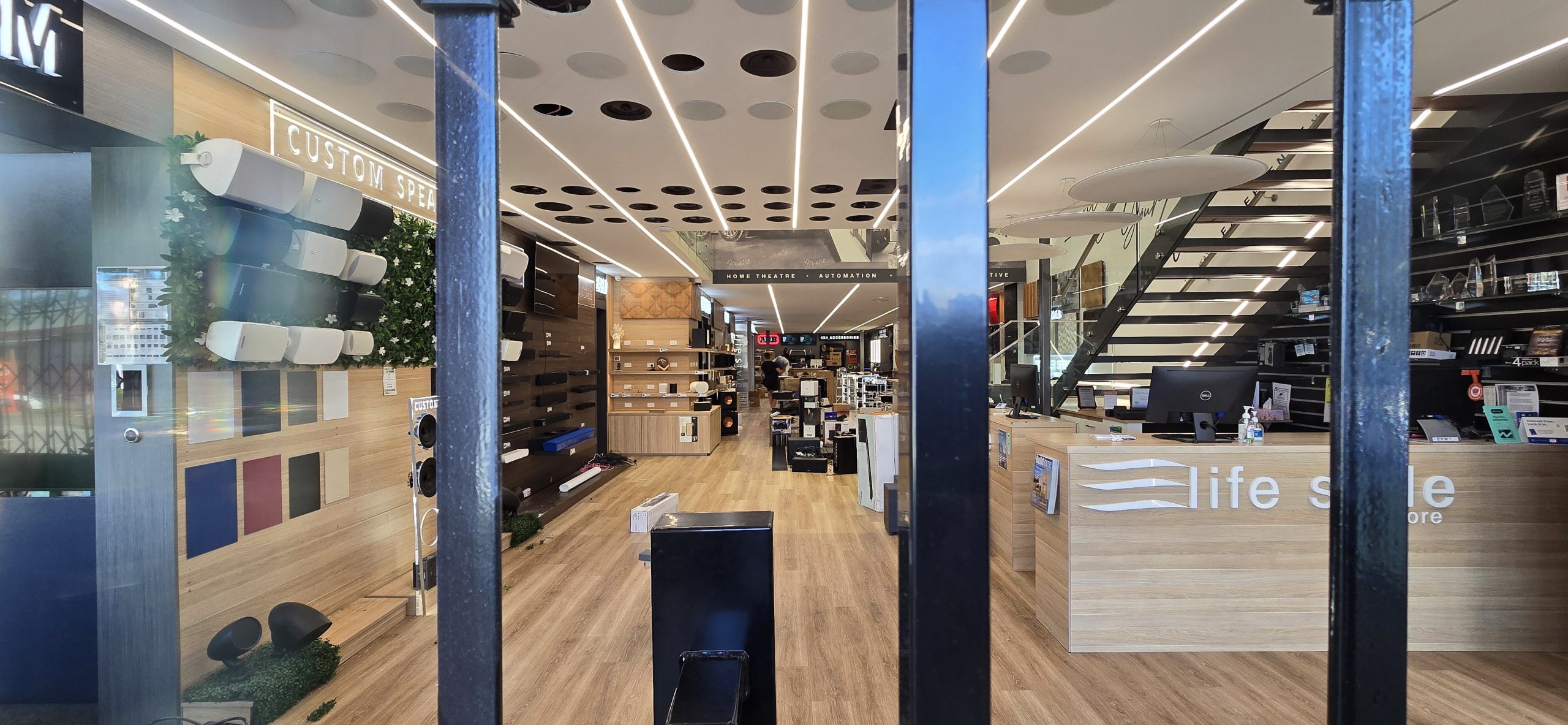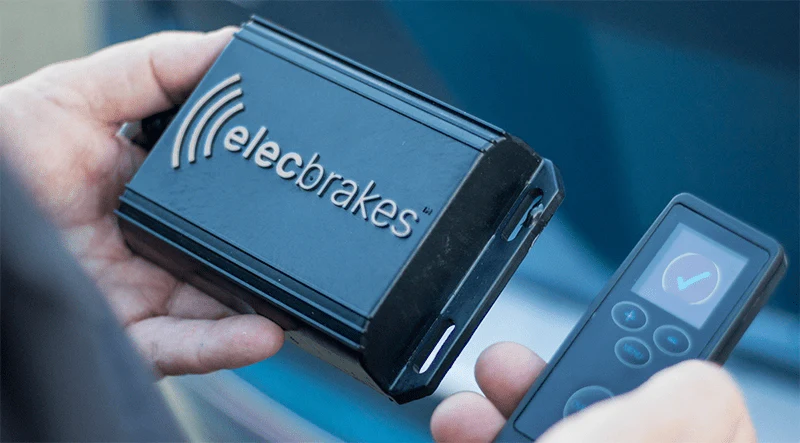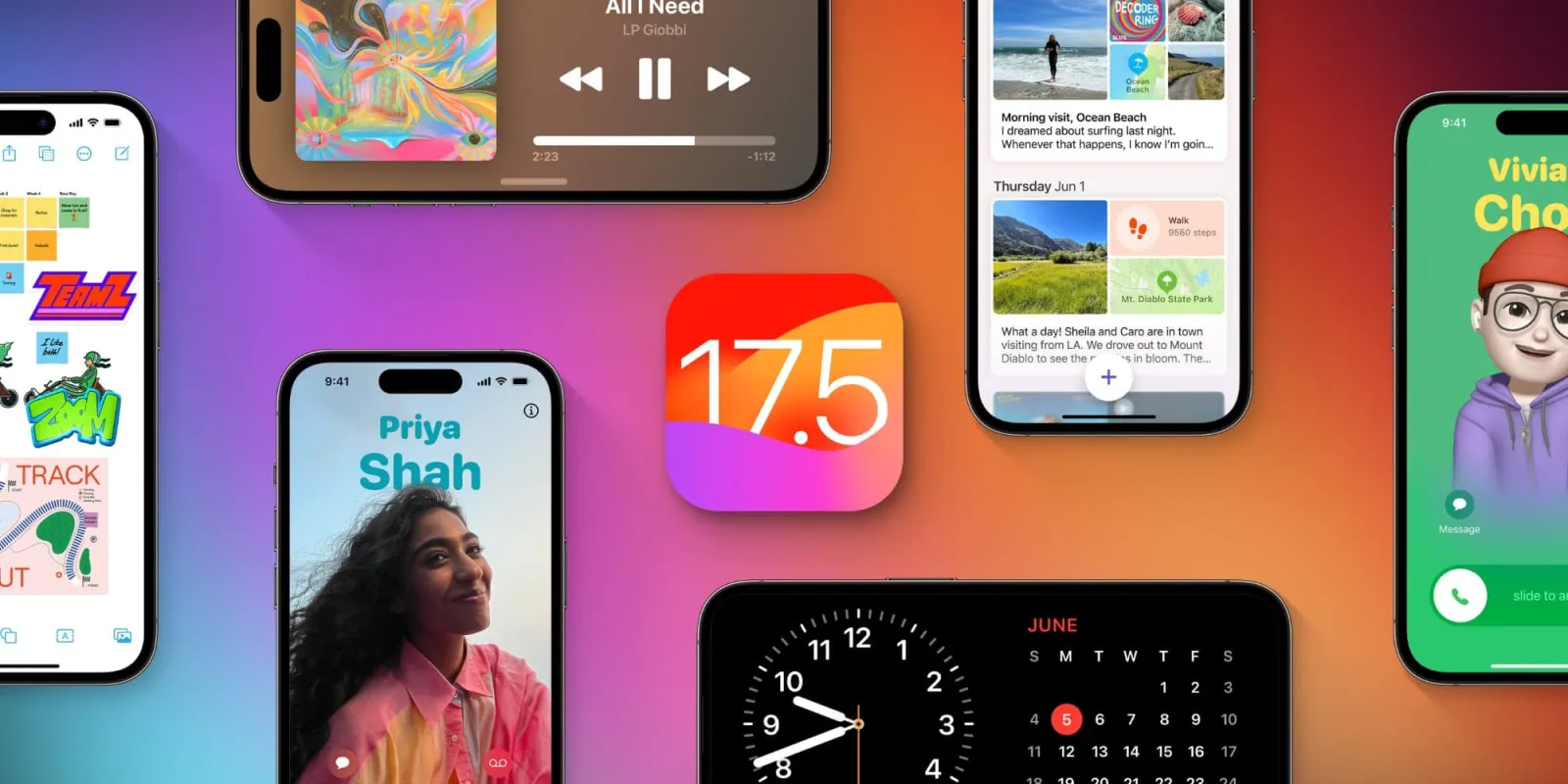Apple Turns To New Software In An Effort To Boost Falling iPhone Sales
Retailers in Australia who have relied on Apple and their premium products for more than a decade, to pull a customer in are facing a new problem, iPhone sales have peaked and Apple is desperately trying to work out how to keep the cash churn from their overpriced iPhones going bypassing retailers along the way.
One way is new software for their devices.
Currently Apple is fighting battles on several fronts, as regulators probe their business practises and their Apple Store model which is based around Apple trying to snare 30% of any revenues coming from an app downloaded from their store.
For most of the past decade, the story of Apple has been the story of the iPhone, now the Company is moving to expand their non-iPhone products and services.
This diversified moneymaking approach is crucial because there are fewer and fewer people on Planet Earth who have yet to buy into Apple’s ecosystem, but still want and can afford its products.
New research reveals that the number of people buying their first new iPhone has declined every year since its peak in 2016, when there were 129 million of them, according to calculations by independent Apple analyst Neil Cybart.
In 2019, the number was 48 million, and it continues to decline.
In Australia retailers such as Big W are using discounted Apple products to try an lure people into their stores and there was a time when the Woolworths owned retailer and before JB Hi Fi was around that they were one of the biggest sellers of Apple iPods.
In the last quarter Apple service revenues $13.3 billion—or 23% of its total revenue—in the quarter ending March 28.
This includes iCloud, Apple Music and TV subscriptions, commissions on app sales, payment from Google to be Safari’s default search engine, and the like.
This is money Apple makes from people using devices, not buying them.
This has led Apple to reveal a whole new software experience for future iPhone customers.
At last night’s Apple Worldwide Developers Conference, the US Company Apple revealed the biggest changes to the iPhone home screen since the product’s release in 2007 as part of a software update expected later this year.
The new home screen allows users to place widgets that sit between the typical grid of apps.
The widgets present information from an app, such as the weather or a calendar, that updates throughout the day and can be set to varying sizes. The new software will also allow users to hide apps and access a new screen for organizing and searching for software. A similar feature will also come to the iPad.
The new software, called iOS 14, will let users set a default email or web browser not made by Apple for the first time.
The Company has also added several travel-focused tools, though an executive acknowledged they may not get much use until the pandemic passes.
A new Translate app for the iPhone will work offline.
Future iPhones will support picture-in-picture mode for watching videos while browsing other apps, like one on the iPad. Siri, the company’s voice-activated digital assistant, will no longer cover up the screen when opened and will allow users to record audio messages and dictate text messages without transmitting their voice to Apple’s servers. A new version of the Messages app adds improvements to group threads and animated emojis. Apple did not say when the new software would be made available.
Another new tool called App Clips offers miniature software that works without a lengthy download. Apple said this will be useful for renting electric scooters in cities or paying at a parking meter. They can be accessed via websites, the Maps app, text messages or wireless tags.
The iPad will also see new designs for apps that make better use of larger screens. Several apps, including Calendar, Files, Music, Notes and Photos, will receive a Mac-like sidebar and tool bar. Apple also redesigned its search interface for the iPad.
Apple is hoping this will drive consumers back into stores to buy Apple hardware.
As one analyst said, “If hardware sales fall the chances are that so will service and app sales and that is not good for Apple”.
Analysts at Goldman Sachs have projected that those who do buy iPhones will likely go for the cheaper models, further depressing the all-important average price of an iPhone sold by Apple.
That blow could be softened as long as everyone with an iPhone keeps spending on other things: All those AirPods and Apple Music subscriptions—especially because Apple’s accessories and services have larger profit margins than its high-end hardware.












